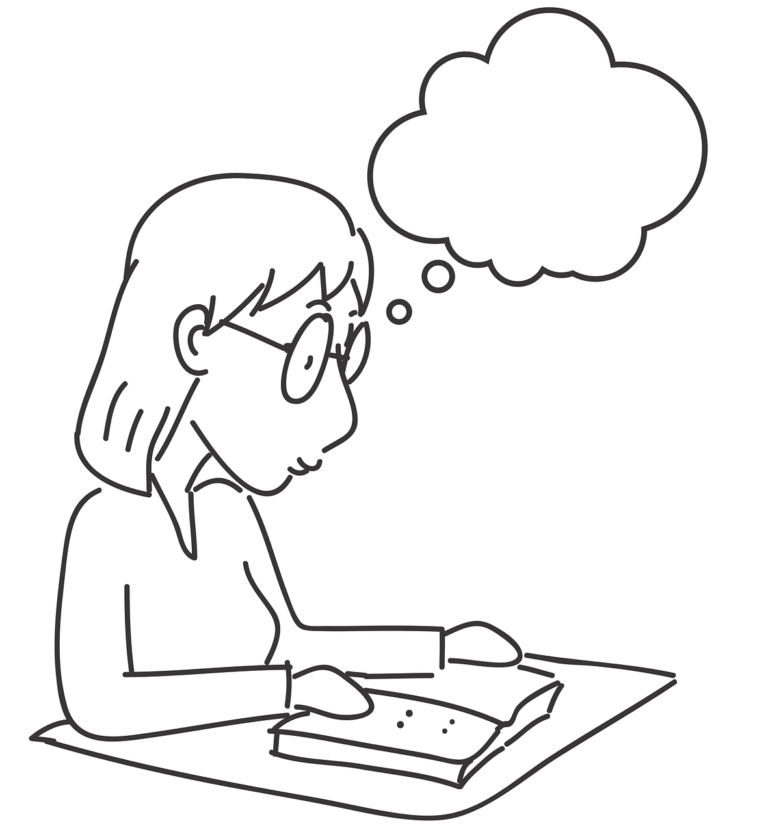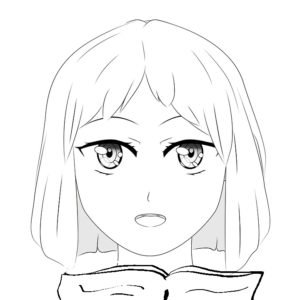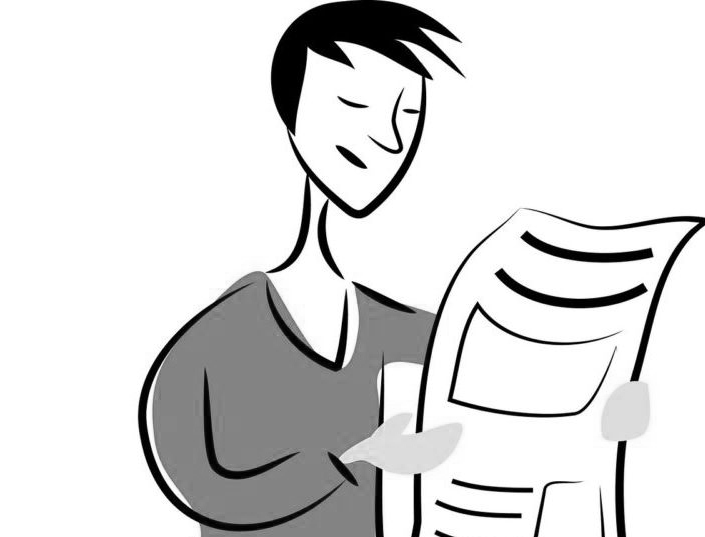It is absolutely normal to be anxious. When faced with a problem or a situation, we experience anxiety. We tend to worry when we are trying to finish a deadline that seems impossible to beat. We cram during final exams.
Just like other emotions, such as fear, anger, sadness or happiness, anxiety is a normal reaction that helps a person cope and deal with present situation. It is common and plays a significant role in relation to a person’s ability to adapt and survive.
However, when anxiety gets out of hand and leads to an unreasonable fear or worry of daily activities, it has become a disorder.
There are several types of emotional and psychological problems, as shown below:
Generalized Anxiety Disorder is characterized by a person’s exaggerated view of a certain situation that elicits irrational anxiety or unnecessary worry which becomes alarmingly habitual. A mother who overly anticipates financial and health problems of the family may become a nervous wreck. Or an employee who is extremely concerned about difficulties at work.
Panic Disorder is describe as a sudden strike of terror associated with rapid heart beats, sweating, weakening, fainting, or dizziness. A person with panic attack experience a feeling of impending disaster and loss of control. Panic attacks may occur at any given time, even while asleep. It usually lasts for ten minutes, though there are some cases that it takes longer before a person comes back to reality. Not everyone who experience panic attacks may develop panic disorder.
Social Anxiety Disorder, also called social phobia, is a condition when people become overly self-conscious in everyday social situations that leads to intense anxiety. There is an unreal fear of being watched and judged by others and of doing things that will embarrass them. It becomes chronic and persistent, lasting for days or weeks before a dreaded situation. This fear may become so severe that it interferes with work, school, and other ordinary activities, and can make it hard to make and keep friends.
According to the Anxiety Disorders Association of America , “Social Anxiety Disorder (SAD), or social phobia, is characterized by an intense fear of being scrutinized and negatively evaluated by others in social or performance situations. Some people with SAD literally feel ‘sick from fear’ in seemingly non-threatening situations, such as ordering food in a restaurant, signing one’s name in public or making a phone call. Though they recognize that the fear is excessive and unreasonable, people with SAD feel powerless against their anxiety. They are terrified they will act in a way that will be embarrassing or humiliating. The anxiety can interfere significantly with daily routines, occupational performance or social life. It can make it difficult to complete school, interview and obtain jobs and create and maintain friendships and romantic partnerships.”
In some situations, a person’s Social Anxiety Disorder may be evident only in a particular social activity like making a phone call, talking to clients or giving a speech, but the person can be totally at ease in other social events. In these cases, SAD is selective. On the other hand, a more generalized form of SAD is experiencing anxiety attacks in a variety of routine activities where one’s actions or behavior may be scrutinized such as business meetings, class activities, talking to strangers or attending parties.
Phobia is an unreasonable and intense fear of something that brings about little or no real threat and danger. Most common specific phobias are focused on the fear of high places, closed-in spaces, water, flying, dogs, snakes and injuries involving blood. These are not just excessive fear but extremely irrational fear of a particular thing. Most adult patients realize that these fears are unreasonable but discovers that dealing with feared object or situation brings on a dreaded anxiety attack.
Obsessive Compulsive Disorder is unrelenting and is characteized by disquieting thoughts (obsessions) and the of use rituals (compulsions). People with obsessive-compulsive disorder (OCD) have persistent, upsetting thoughts (obsessions) and use rituals (compulsions) to control the anxiety these thoughts produce. Most of the time, the rituals end up controlling them.
Normal healthy people also have rituals, such as checking to see if the stove is off several times before leaving the house. The only difference is that people with OCD tend to overdo their rituals to the point that it obstructs with their daily life and they find the routine agonizing. Some would recognize that what they are doing is senseless, but most people, especially kids, may not realize that their behavior is out of the ordinary.
Post-traumatic stress disorder (PTSD) occurs when a tragic event happens involving physical harm or the threat of physical harm. The harm could have happened to the person PTSD or to a loved one, or the person is a witness to a tragic scene that happened to loved ones or strangers.
PTSD was first brought to public attention in relation to war veterans, but it can result from a variety of traumatic incidents, such as mugging, rape, torture, being kidnapped or held captive, child abuse, car accidents, train wrecks, plane crashes, bombings, or natural disasters such as floods or earthquakes.
Treatment of Anxiety Disorders
Anxiety disorders are generally treated with medication or specific types of psychotherapy, or both. Treatment depends on the severity of the case and the person’s preference. Be sure that a doctor is consulted to evaluate the cause of anxiety disorder before treatment begins. Sometimes alcoholism, depression, or other coexisting conditions have such a strong effect on the individual that treating the anxiety disorder must wait until the coexisting conditions are brought under control.






